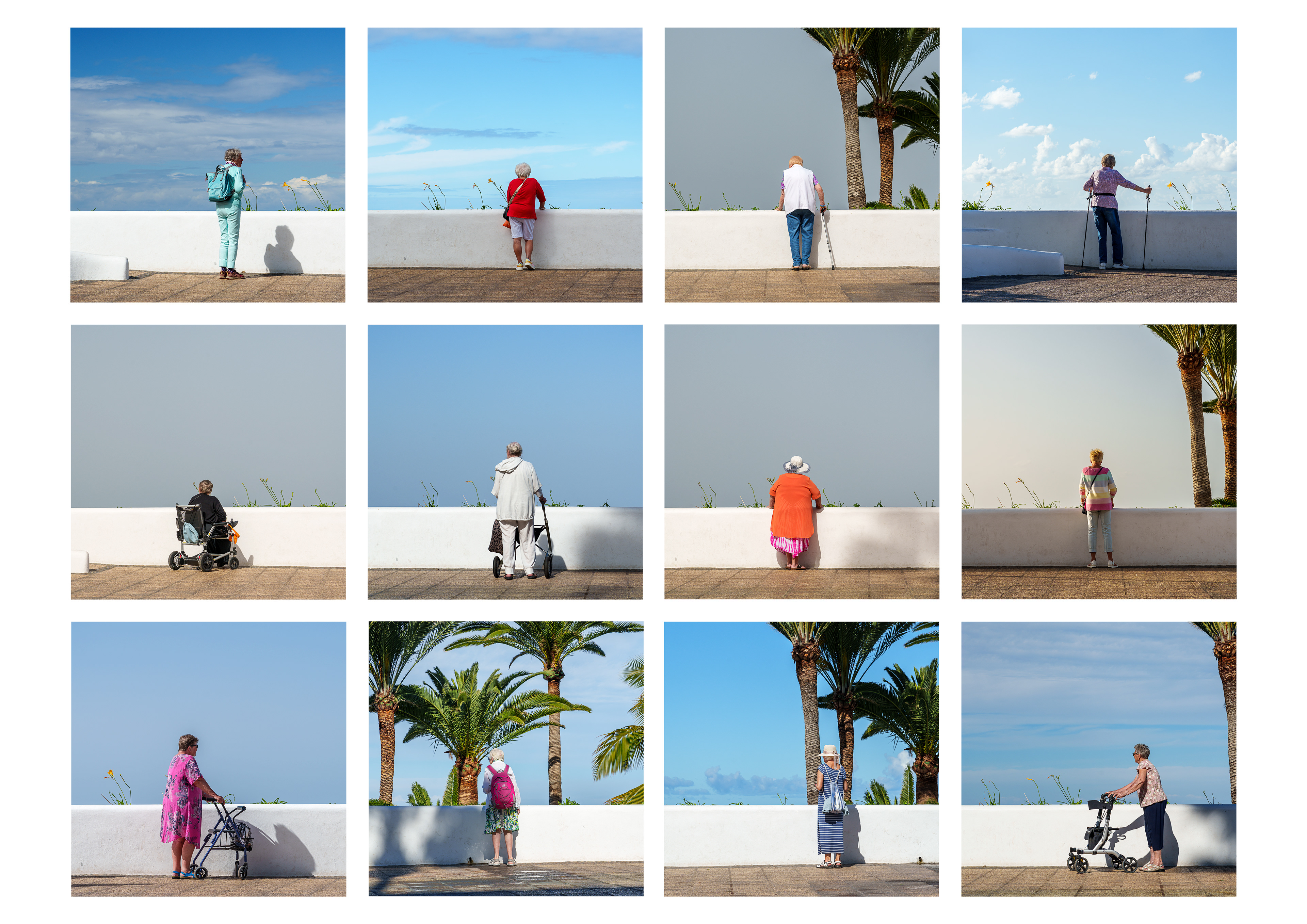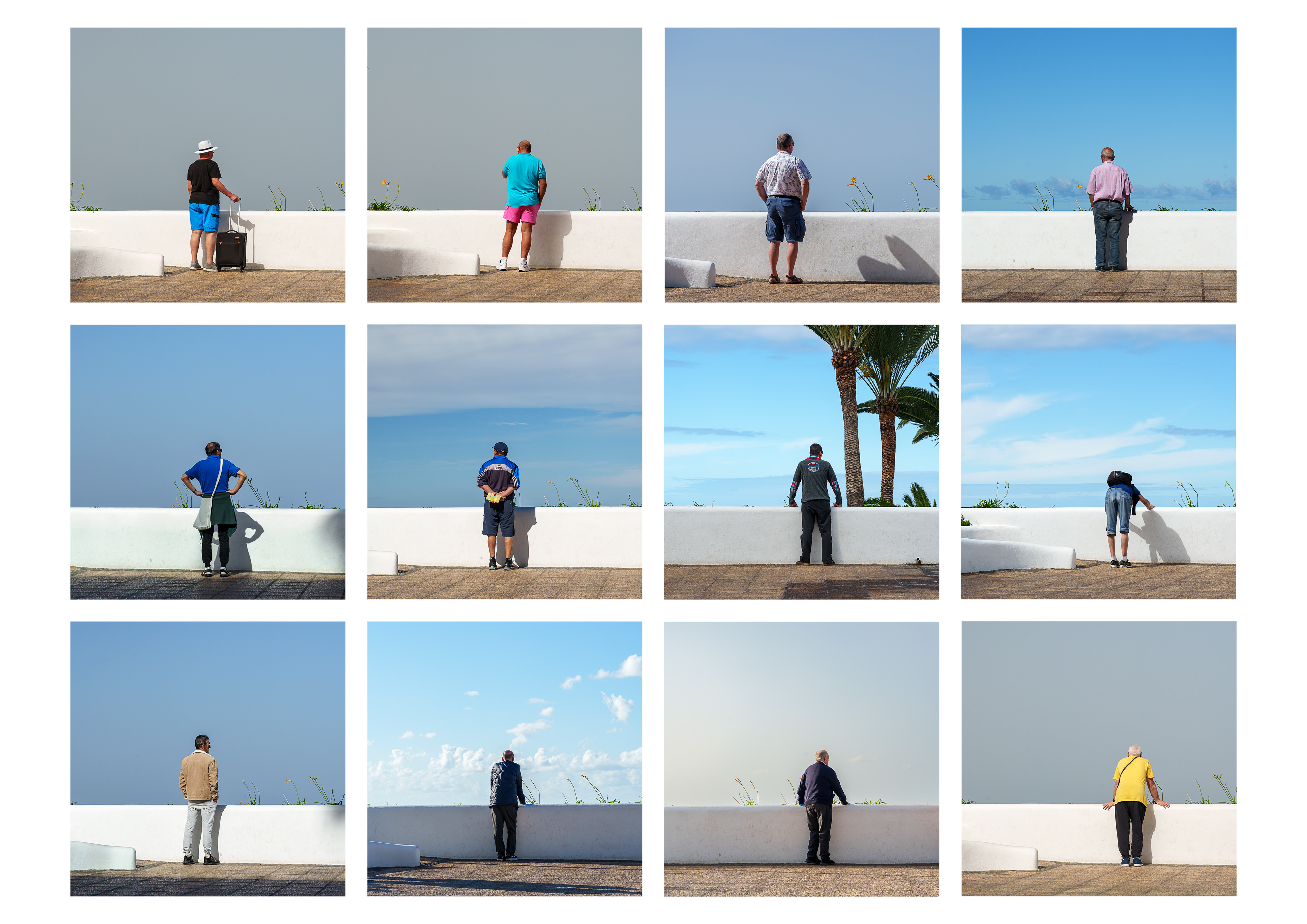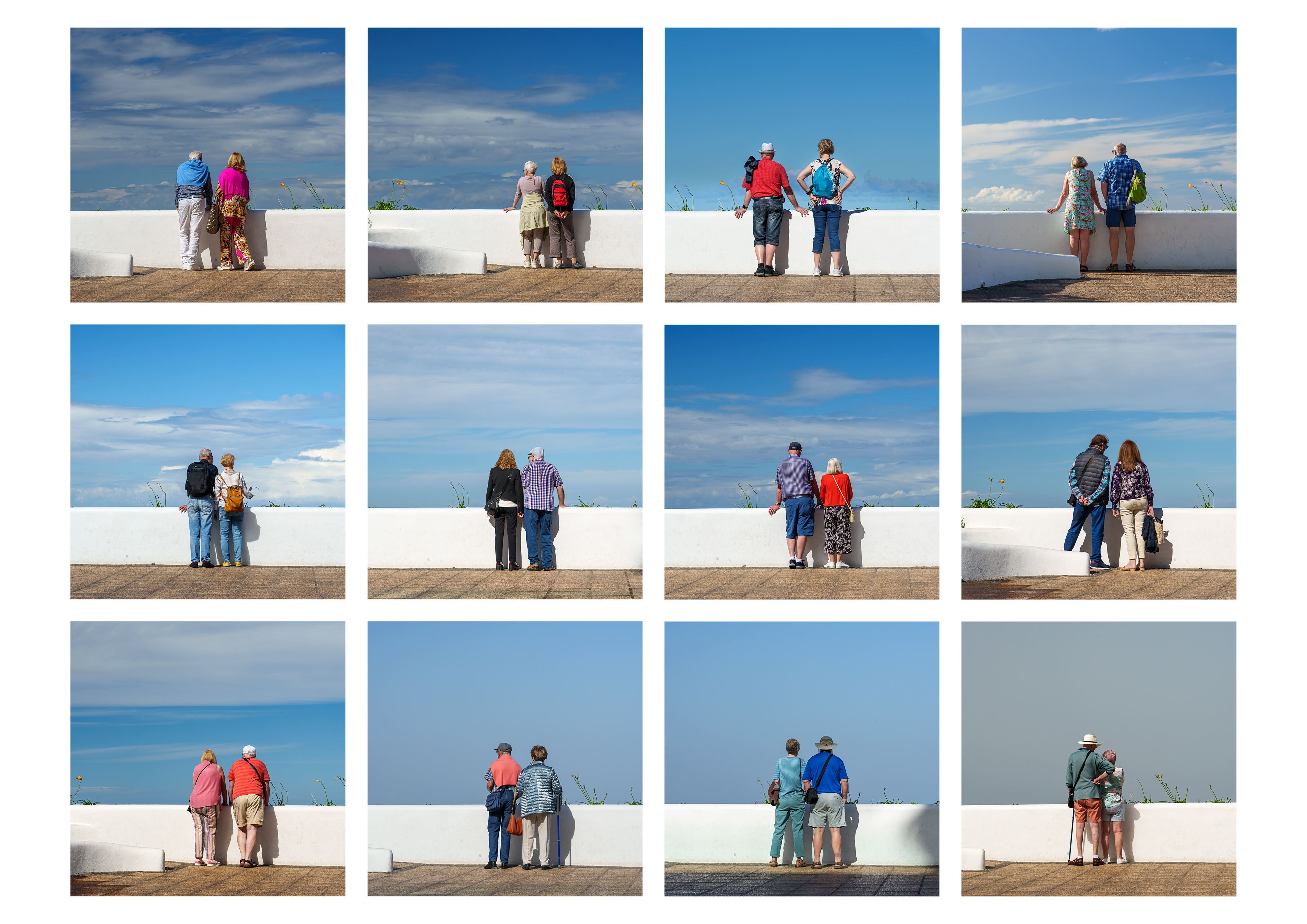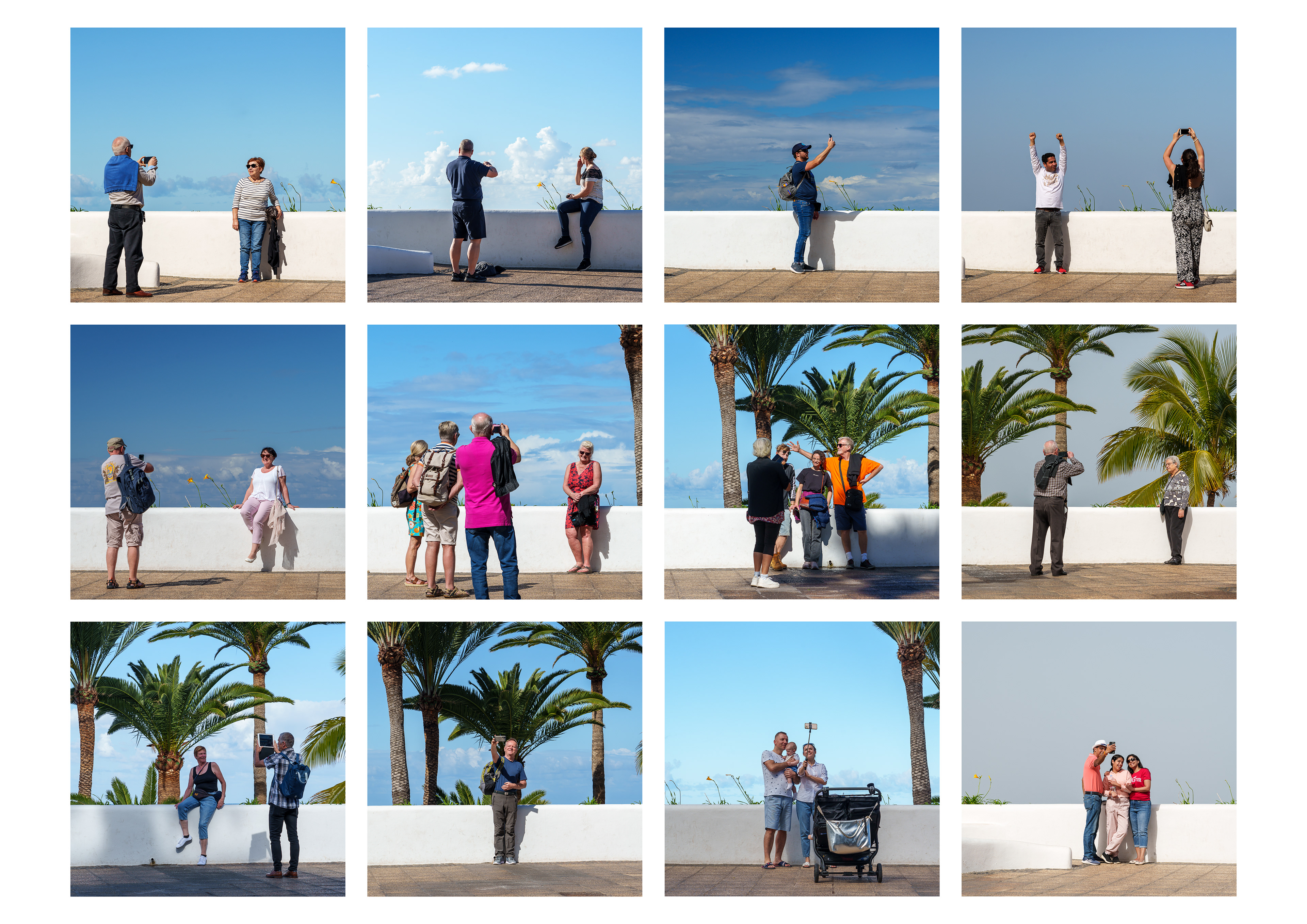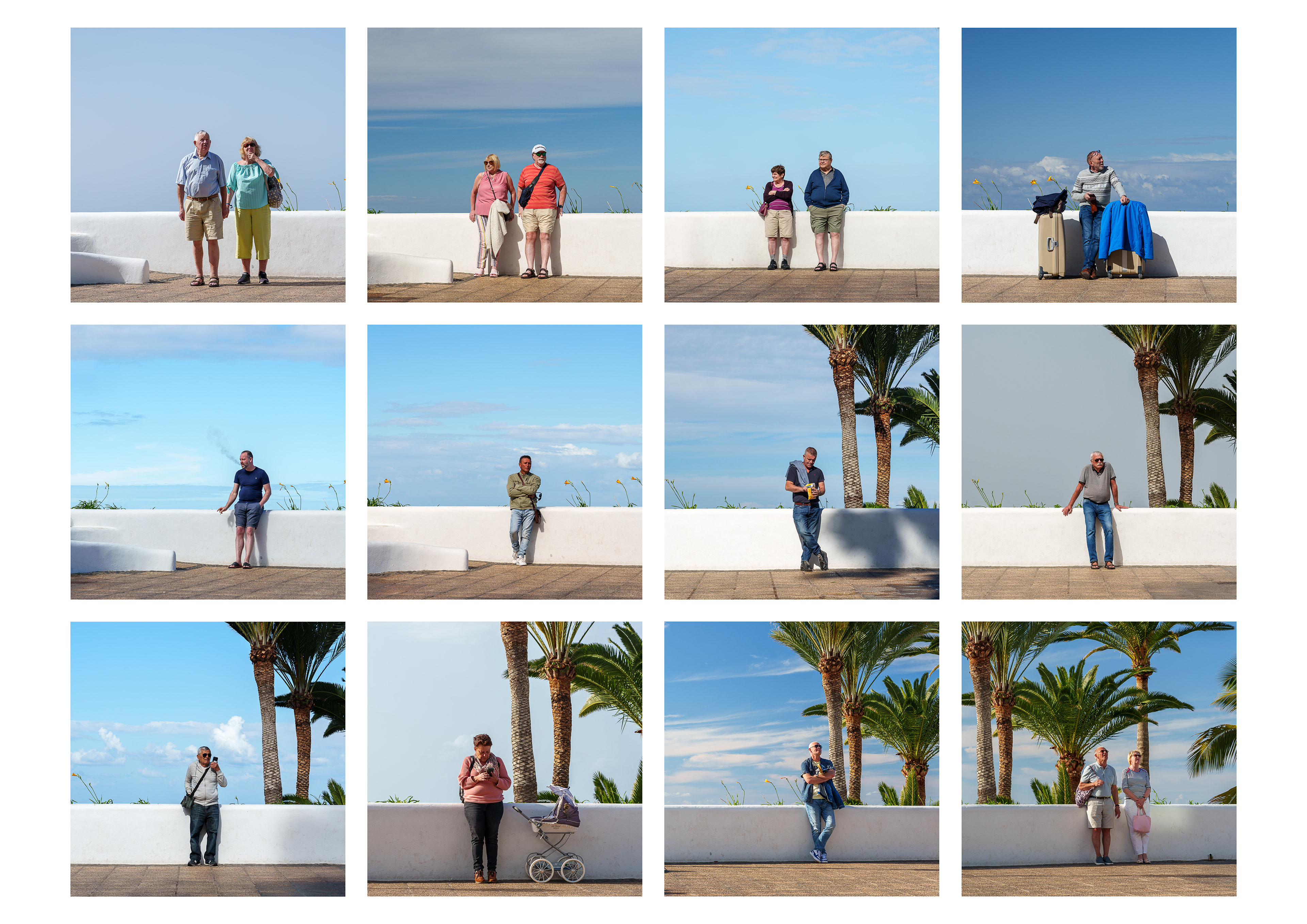A Typology of Tourism
The Canary Islands welcome some 13.5 million visitors a year, of whom about 5 million are Britons. At a conservative estimate each round-trip flight from northern Europe creates between 400 and 500 kg of CO2 emissions per person. Britons visiting the Canary Islands, therefore, account for up to 2.5 million tonnes of CO2 per year (a figure that could, in theory, be carbon-offset by planting an eye-watering 200 million trees).
The situation is unlikely to improve any time soon. By 2030, it is thought, there will be an estimated 1.8 billion international travellers worldwide per year. Flight demand worldwide is expected to increase at a rate of growth which would mean that by 2039 the number of passengers transported by air might exceed an astonishing 8 billion annually.
This is a serious challenge to our climate, but there are no easy answers. In recent decades parts of the world, particularly island destinations like the Canaries, have become dependent on tourism for economic survival and with few if any alternative sources of revenue. More than half the annual CO2 emissions of the Canary Islands are due to international aviation.
In northern Europe there is a demographic question, too. Some 57.4 per cent of Britons visiting the Canary Islands are over the age of 46, increasing in the winter months to well over 60 per cent (nearly 30 per cent are aged 60 or more). Sunshine and warmth in winter can have health benefits for the elderly. Is reducing tourist travel also asking older people to accept a diminished quality of life and possibly lower longevity? The tourist travel and climate change conundrum is difficult to solve.
On another level the images in this little archive, which were taken in Tenerife in the winter of 2022–2023, invite us to participate in an act of tourism. We cannot see what our subjects are looking at, or posing in front of, or sometimes looking away from. We can guess, but our guess is entirely based on our personal memories and life experiences, different for each of us. Nor can we know the quality of our subjects’ experience. Are older visitors looking at a vista of a lived life spread out before them? And are younger visitors, often much keener to place themselves in the view with a selfie, looking at the exciting possibility of a future life just waiting to be lived? We will never know. But what we can know is that these images are incomplete without an imaginative act on the part of the viewer that adds an unseen vista to each frame, one that brings this archive to life each time it is consulted.
Sources
Dorta Antequera, P., Diaz Pacheco, J., Lopez Diez, A., & Bethencourt Herrera, C. 2021. “Tourism, Transport and Climate Change: The Carbon Footprint of International Air Traffic on Islands”. Sustainability (Basel, Switzerland), 13(4), 1795. Available at: https://doi.org/10.3390/su13041795
Encuesta Sobre el Gasto Turístico (ISTAC). 2019. "Tourist Profile by Quarter of Trip (2019) United Kingdom”. Promotur Turismo de Canarias. Available at: https://turismodeislascanarias.com/sites/default/files/promotur_reino_unido_estacional_2019_en.pdf
Paul, M. 2022, March 14. “How Many Trees Would You Need to Plant to Offset Your Holiday Flight?” Travel Daily Media. Available at: https://www.traveldailymedia.com/how-many-trees-would-you-need-to-plant-to-offset-your-holiday-flight/
Promotur Turismo de Canarias. 2023. “Promotur Turismo de Canarias: Marketing for Canary Islands”. Promotur Turismo de Canarias. Available at: https://turismodeislascanarias.com/en/
